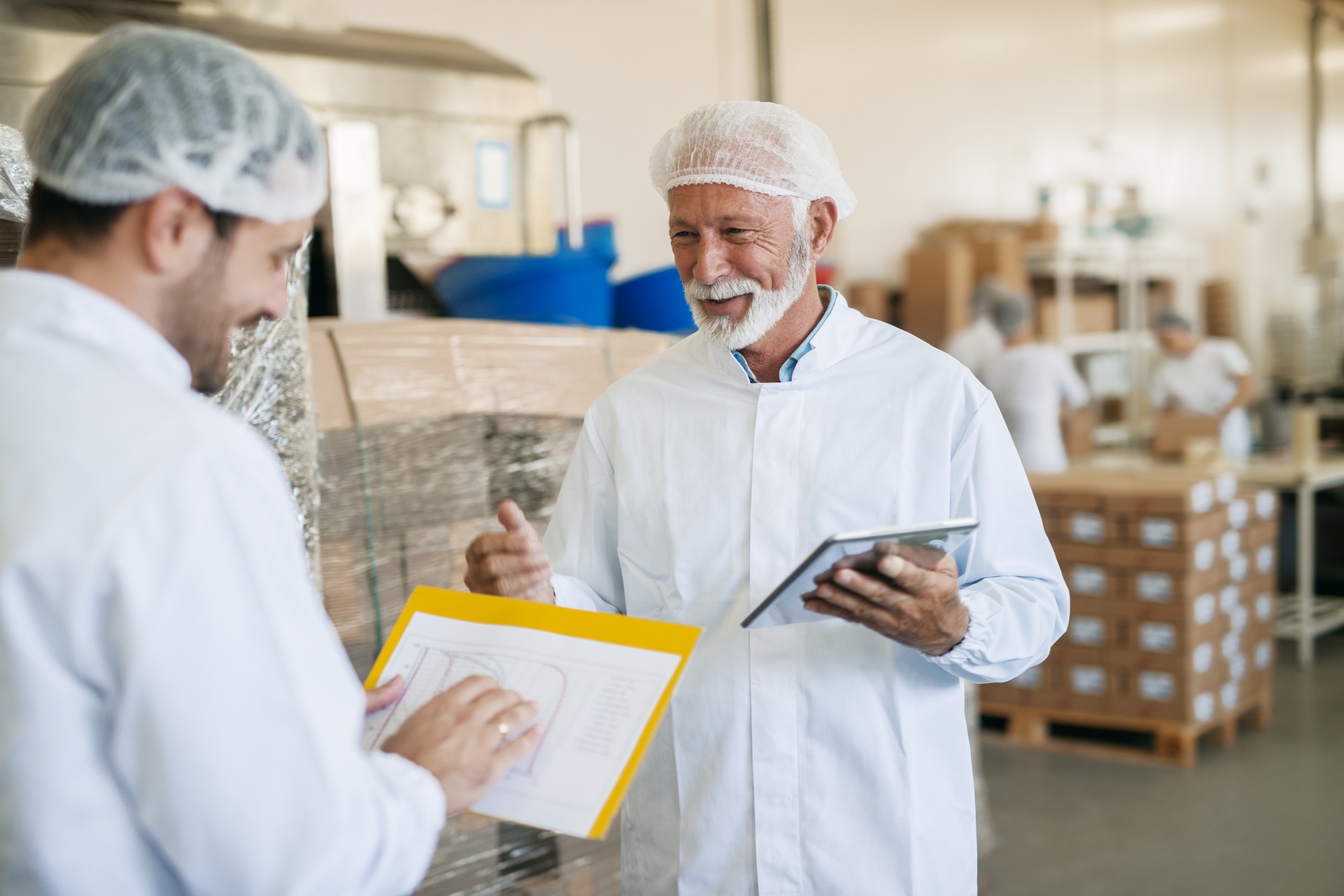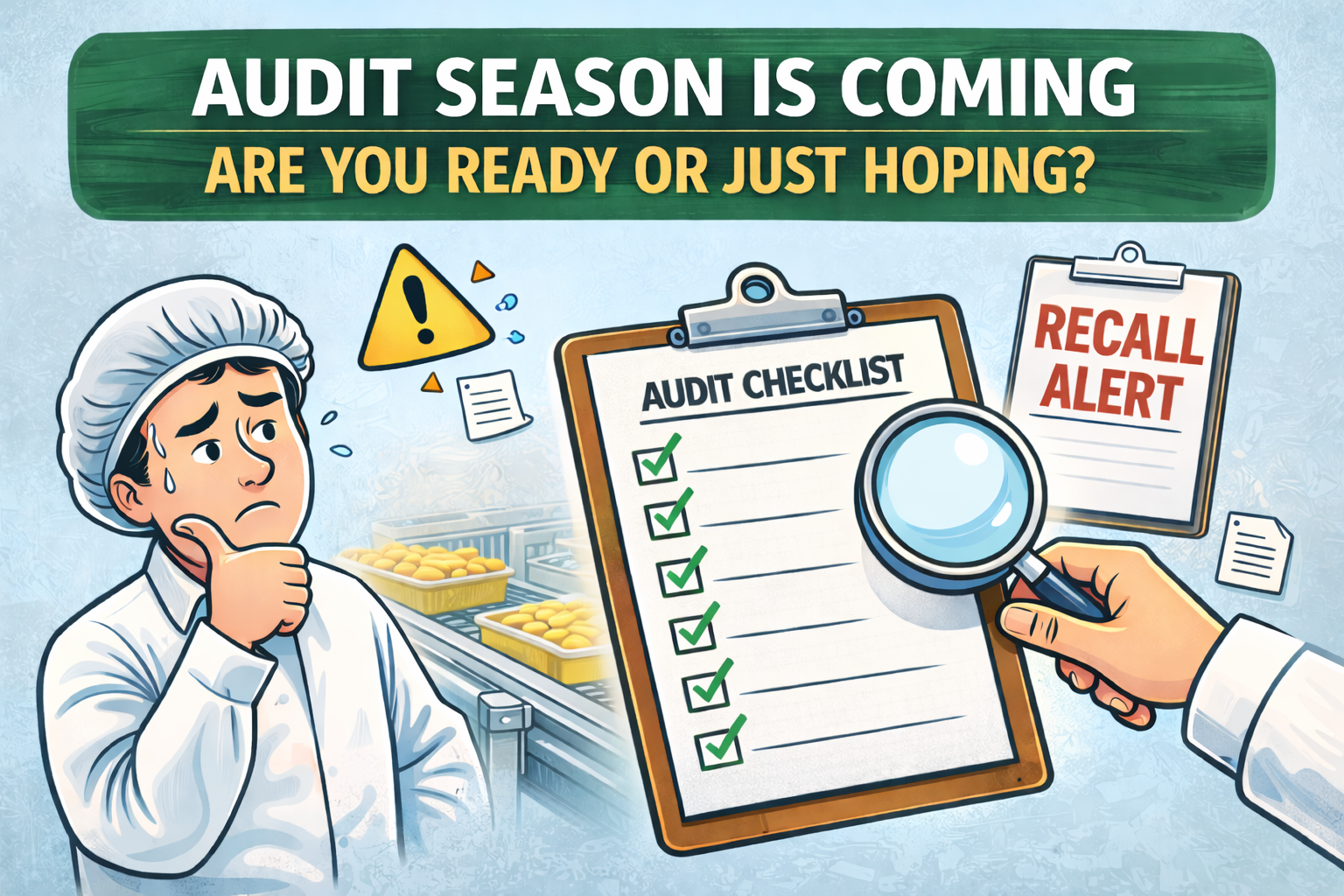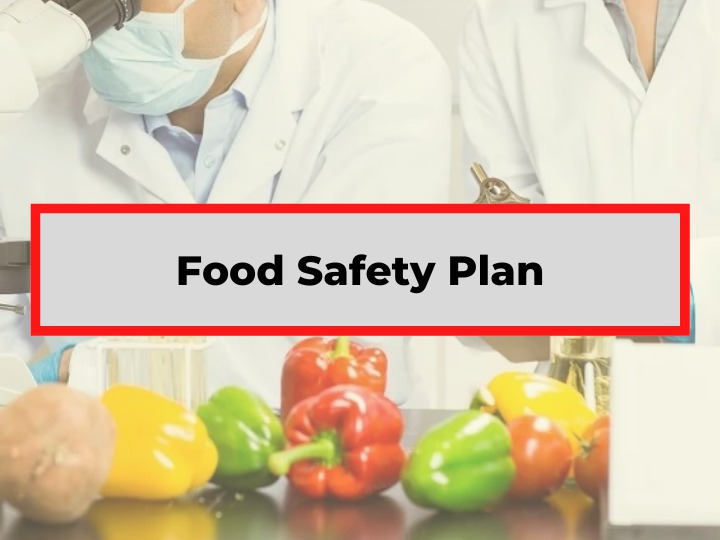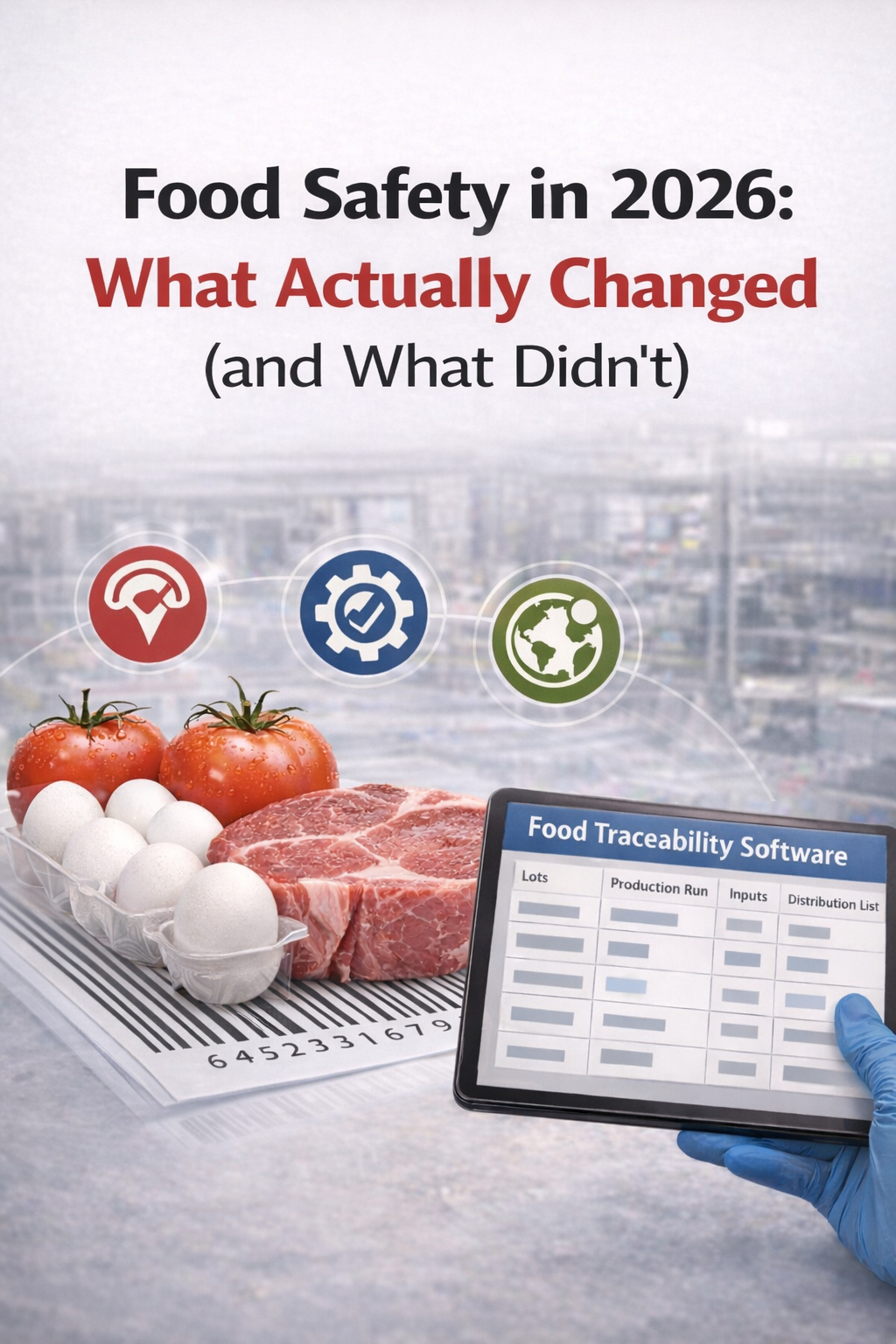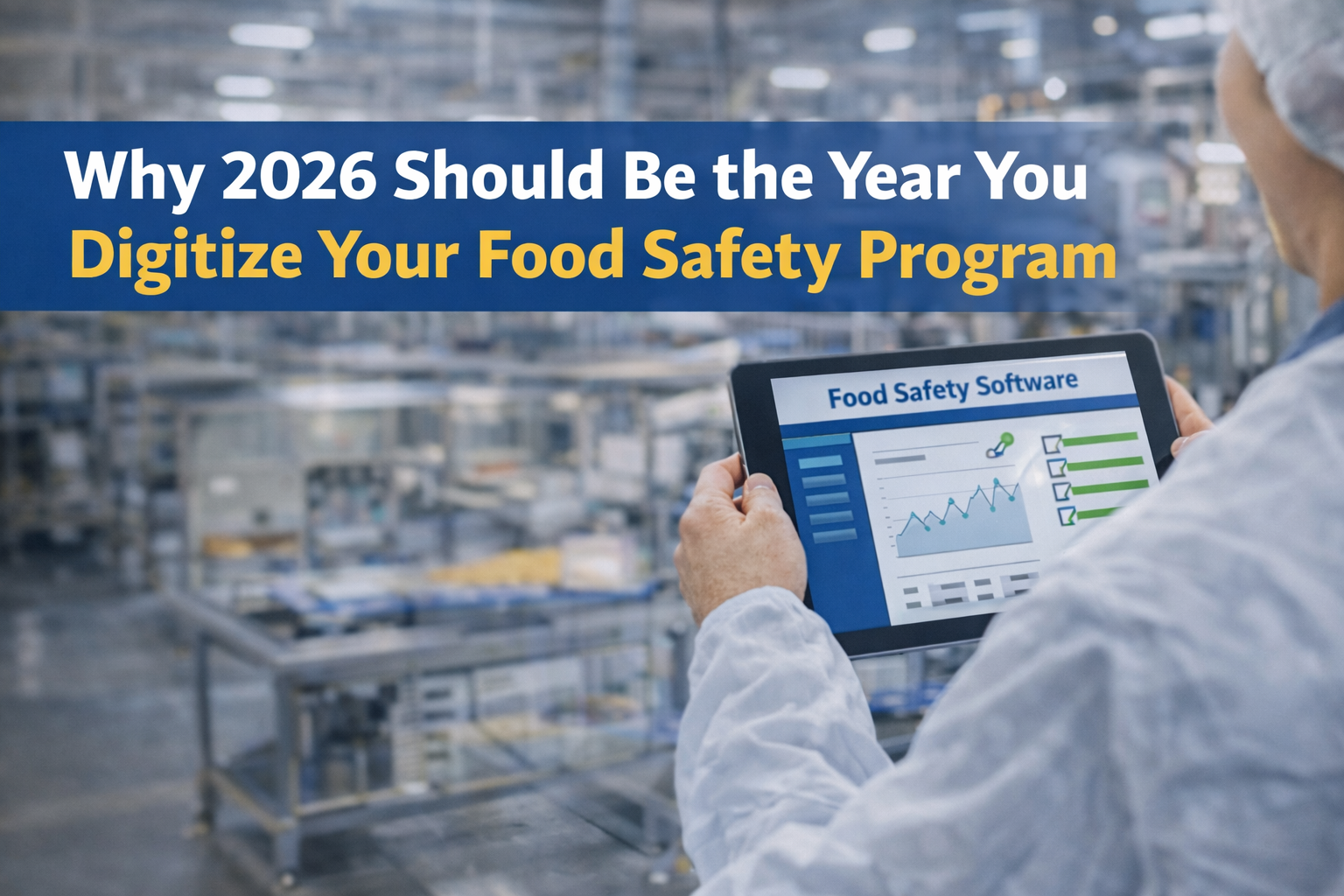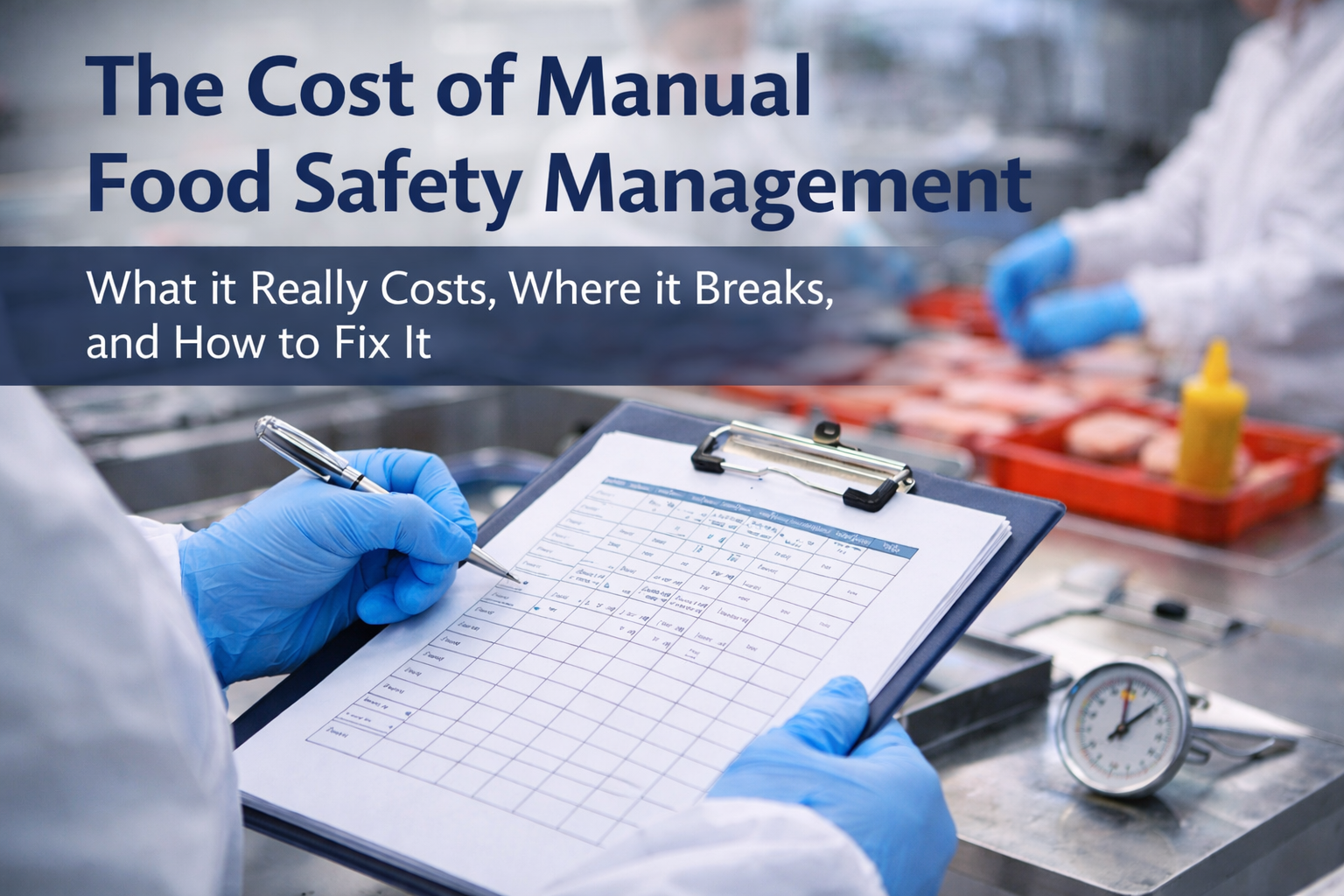In our rapidly evolving world, the emphasis on health and safety is more pronounced than ever. We're not just talking about personal hygiene or regular doctor's check-ups. This extends to the very food we consume and the buildings we inhabit. Today, we're going to delve into two seemingly distinct areas - food safety and building inspection - and explore how they intersect in our pursuit of a healthier world. In particular, we'll discuss how food traceability software is revolutionizing these sectors.
The Importance of Food Safety
Food safety is a critical concern that affects everyone, from farm to fork. It involves the proper handling, preparation, and storage of food to prevent foodborne illnesses. According to the World Health Organization, approximately 600 million people fall ill after eating contaminated food each year, resulting in 420,000 deaths.
These stark figures underscore the importance of stringent food safety measures. And this is where food traceability software comes into play.
The Role of Food Traceability Software
Food traceability software serves as a digital ledger, meticulously tracking and recording the journey of food items from their source to the consumer. This technology enables us to identify the origin of food products, the processes they undergo, and their distribution channels.
The benefits of food traceability software are manifold. Firstly, it provides transparency, allowing consumers to make informed choices about what they eat. Secondly, it enhances accountability, holding suppliers responsible for the quality of their products. Lastly, it improves efficiency, enabling quick responses to food safety issues such as recalls.
Bridging the Gap: Building Inspection
At first glance, building inspection might seem unrelated to food safety. However, these two fields are more interconnected than you might think.
Imagine a restaurant housed within a building that has not been adequately inspected. Structural flaws could lead to sanitation issues, pest infestations, or even catastrophic incidents like fires, all of which pose serious risks to food safety.
Building inspection ensures the structural integrity and safety compliance of buildings, which indirectly contributes to food safety. Inspectors assess various aspects of the building, including electrical systems, plumbing, ventilation, and waste management systems - all crucial elements in maintaining a safe and healthy food service environment.
The Future: Integrating Food Safety and Building Inspection
The integration of food safety and building inspection offers a comprehensive approach to public health and safety. By ensuring both the quality of the food we consume and the safety of the spaces where food is prepared and served, we can significantly reduce the risk of foodborne illnesses and other health hazards.
This is where technology, particularly food traceability software, can make a significant impact. By leveraging this software, businesses can track food sources, monitor building safety standards, and swiftly address any issues that arise.
In conclusion, the interplay between food safety and building inspection is integral to creating a healthier world. As we continue to innovate and embrace technologies like food traceability software, we can look forward to a future where safety and health are not just aspirations, but realities.

